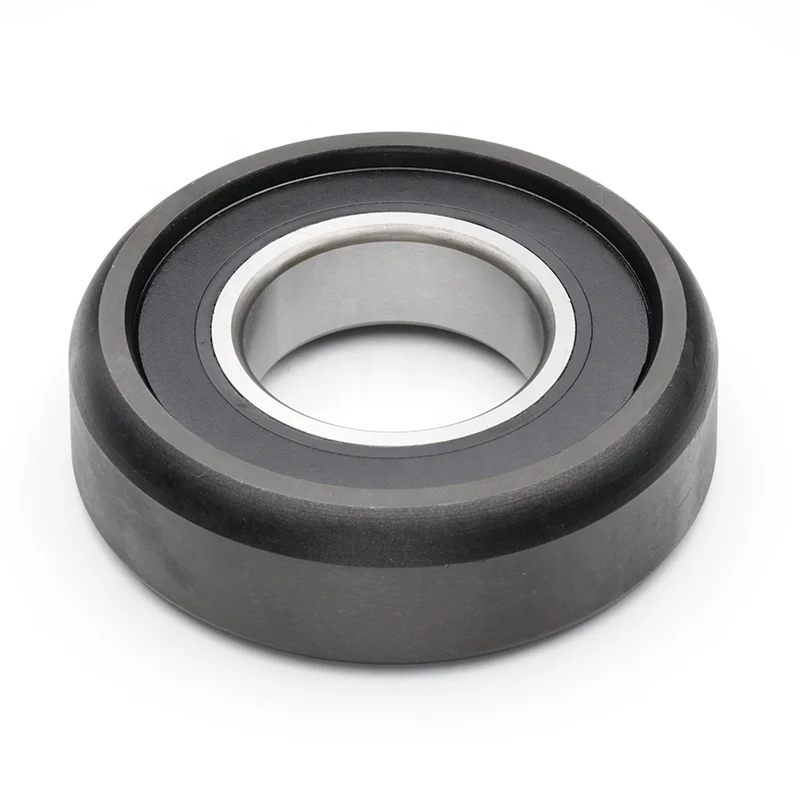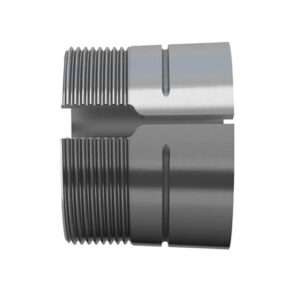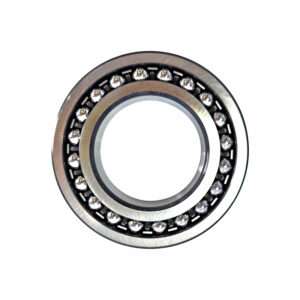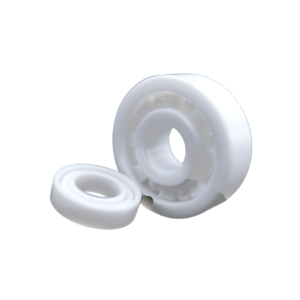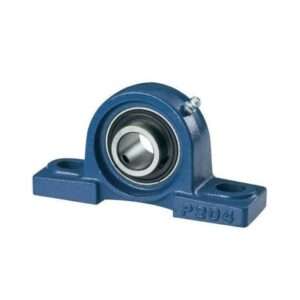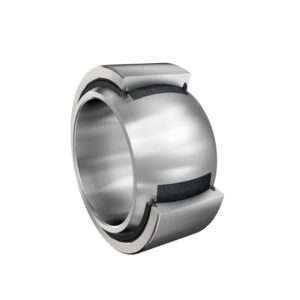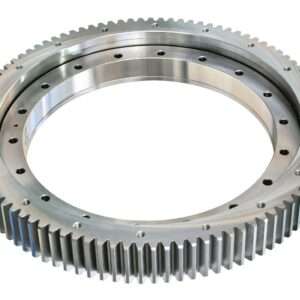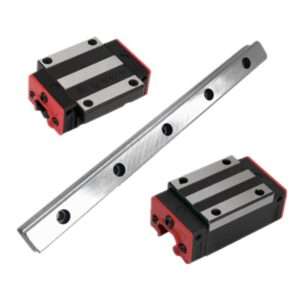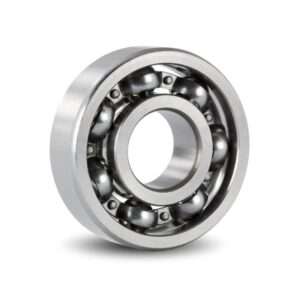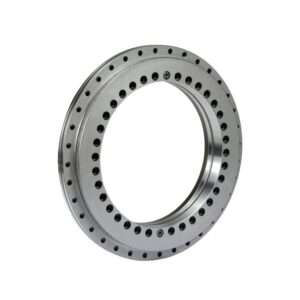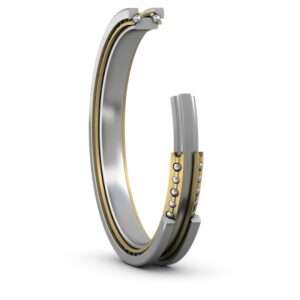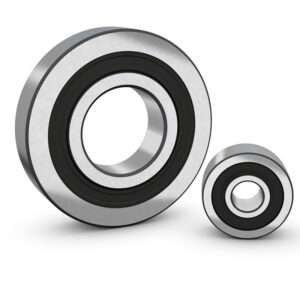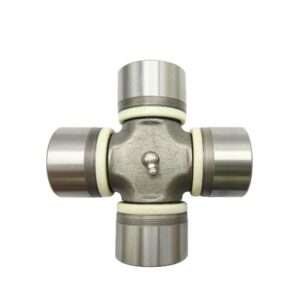Table of Contents
Categories
Impact of Misalignment on Bearing Performance and Longevity
![[object Object]](https://fhdbearings.com/wp-content/uploads/2024/06/bearing-misalignment-768x549.jpg)
Introduction
Misalignment in bearings occurs when the shaft and bearing centerlines are not properly aligned, causing angular, parallel, or combined deviations. This misalignment disrupts the optimal functioning of bearings, leading to increased friction, wear, and potential failure. Addressing misalignment aims to ensure smooth operation, reduce maintenance costs, and extend the lifespan of bearings. The benefits include improved performance, reduced operational downtime, and enhanced reliability. Proper alignment practices not only safeguard the bearings but also enhance overall equipment efficiency and productivity. Ensuring correct alignment from installation through the bearing’s operational life is crucial for achieving these objectives.
Understanding Bearing Misalignment
Types of Misalignment
Bearing misalignment can be categorized into three main types: angular, parallel, and combined. Angular misalignment occurs when the shaft centerline forms an angle with the bearing centerline, leading to uneven load distribution across the bearing surfaces. Parallel misalignment, also known as offset misalignment, happens when the shaft and bearing centerlines are parallel but not coincident, causing side loads on the bearings. Combined misalignment is a mixture of both angular and parallel misalignments, presenting the most complex challenges for bearing performance. Each type of misalignment negatively impacts bearing efficiency, increasing wear and tear, generating excess heat, and ultimately shortening the bearing’s operational lifespan. Understanding these types is crucial for diagnosing and correcting misalignment issues effectively.
Causes of Misalignment
Misalignment in bearings can stem from various factors, primarily attributed to installation errors, shaft deflection, thermal expansion, and operational conditions such as vibration and shock. During installation, improper alignment may occur due to inadequate preparation of mounting surfaces, incorrect fitting of components, or neglecting specified tolerances for shaft and housing alignment. Shaft deflection, caused by mechanical loads or structural flexibility, can lead to dynamic misalignment over time. Thermal expansion further exacerbates misalignment, especially in equipment operating under varying temperature conditions where components expand or contract unequally. Operational factors like vibration and shock introduce dynamic forces that can misalign shafts and bearings, especially in high-speed or heavy-duty applications. Addressing these root causes through proper installation practices, monitoring systems, and maintenance procedures is essential to mitigate misalignment and optimize bearing performance and longevity.
Mechanisms of Bearing Wear Due to Misalignment
Misalignment significantly accelerates bearing wear through several mechanisms. Firstly, misalignment causes uneven load distribution across the bearing surfaces, concentrating stress on localized areas rather than evenly spreading it. This uneven stress leads to increased contact pressure and accelerated surface fatigue, resulting in early pitting, spalling, or cracking. Secondly, the additional friction generated by misalignment increases heat production within the bearing. Elevated temperatures can degrade lubricant properties, reducing its effectiveness and causing further metal-to-metal contact. This degradation exacerbates wear and can lead to lubricant starvation, where the lubricant film is insufficient to prevent direct contact between bearing components.
Moreover, misalignment induces excessive vibration and noise, which are symptomatic of dynamic forces acting on the bearing. These forces can cause fretting corrosion at the contact points, where micro-movements between bearing surfaces lead to the formation of wear particles. These particles can act as abrasives, further damaging the bearing surfaces. Additionally, angular misalignment specifically introduces tilting motion, causing edge loading where only a portion of the bearing supports the load. This condition severely increases the likelihood of premature bearing failure.
Addressing these wear mechanisms requires meticulous alignment during installation, continuous monitoring, and timely corrective actions to ensure that the bearings operate under optimal conditions, thus prolonging their service life and maintaining system reliability.
Impact on Bearing Performance
Reduced Efficiency
Misalignment reduces bearing efficiency by increasing friction and wear, which disrupts smooth operation. The uneven load distribution caused by misalignment leads to higher resistance and energy consumption, decreasing overall system efficiency. Additionally, the excess heat generated by increased friction can degrade lubricants, further impairing bearing performance and causing more frequent maintenance needs. This cycle of increased wear and energy loss not only diminishes bearing lifespan but also affects the efficiency of the entire machinery. Proper alignment ensures optimal load distribution, reduces friction, and maintains efficient operation, ultimately enhancing the performance and longevity of the bearing.
Increased Heat Generation
Misalignment causes increased heat generation in bearings by elevating friction between bearing surfaces. This excess friction arises from uneven load distribution, leading to localized overheating. The heightened temperatures can degrade the lubricant, reducing its effectiveness and exacerbating metal-to-metal contact.Moreover, continuous overheating can alter the material properties of the bearing components, making them more susceptible to wear and fatigue. This thermal stress not only shortens the bearing’s operational life but also risks damaging adjacent machinery parts. Ensuring proper alignment minimizes friction, maintains optimal temperature, and preserves both the lubricant and bearing integrity, promoting efficient and reliable performance.
![[object Object]](https://fhdbearings.com/wp-content/uploads/2024/06/bearing-misalignment3.jpg)
Decreased Load Carrying Capacity
Misalignment decreases the load-carrying capacity of bearings by causing uneven load distribution. When bearings are misaligned, only a portion of the bearing surface supports the load, concentrating stress in limited areas. This uneven load distribution can lead to localized deformation and accelerated wear.Additionally, the reduced effective contact area compromises the bearing’s ability to handle designed loads, increasing the risk of premature failure. Over time, this diminished load capacity can lead to operational inefficiencies and unexpected downtime. Proper alignment ensures that the entire bearing surface can effectively support the load, maximizing the bearing’s load-carrying capacity and enhancing overall system reliability.
Impact on Bearing Longevity
Misalignment significantly shortens bearing longevity by causing uneven load distribution, increased friction, and excessive wear. When bearings are misaligned, stress concentrates on specific areas rather than being evenly distributed, leading to localized fatigue and premature failure. This uneven stress accelerates surface degradation, resulting in pitting, spalling, and cracking, which further diminish bearing life.
Moreover, the increased friction from misalignment generates excess heat, degrading lubricants and reducing their effectiveness. Without proper lubrication, bearings experience more direct metal-to-metal contact, exacerbating wear and leading to faster deterioration. Elevated temperatures also alter the material properties of bearing components, making them more susceptible to fatigue and failure.
In addition, misalignment-induced vibration and noise signal dynamic forces acting on the bearing, which can cause fretting corrosion and the formation of wear particles. These particles act as abrasives, further damaging the bearing surfaces and shortening their lifespan.
Addressing misalignment through meticulous installation, regular monitoring, and timely corrective actions is crucial for maintaining bearing longevity. Proper alignment ensures even load distribution, minimizes friction and heat generation, and preserves the integrity of lubricants, ultimately enhancing the bearing’s operational life and reliability.
Diagnosis of Misalignment
Visual Inspections
Visual inspections are a straightforward method for diagnosing bearing misalignment. By examining the bearing and surrounding components, one can identify signs of misalignment such as uneven wear patterns, discoloration due to overheating, and lubricant leakage.Additionally, visual checks can reveal physical damage to bearing housings or shafts, which often indicates alignment issues. Observing the machinery during operation can also provide clues, such as excessive vibration or unusual noise, both symptoms of misalignment.Regular visual inspections help detect early signs of misalignment, enabling timely corrective actions to prevent further damage and maintain optimal bearing performance and longevity.
Vibration Analysis
Vibration analysis is a precise method for diagnosing bearing misalignment. By monitoring vibration patterns, it can identify abnormalities indicative of misalignment, such as elevated vibration levels or specific frequency spikes.Advanced vibration analysis tools can detect subtle changes in vibration signatures, allowing for early detection of misalignment before severe damage occurs. This method provides detailed insights into the severity and type of misalignment, enabling targeted corrective actions.Regular vibration analysis helps maintain bearing health by ensuring proper alignment, reducing wear, and extending operational life. It is a crucial tool in predictive maintenance strategies, enhancing overall machinery reliability.
Thermal Imaging
Thermal imaging is an effective diagnostic tool for detecting misalignment in bearings. By capturing infrared radiation emitted from the equipment, thermal cameras can identify temperature variations that indicate potential misalignment issues. Misalignment often causes localized heating due to increased friction and uneven load distribution, which can be visualized through thermal imaging as hot spots on bearing housings or shafts.
This non-contact method allows for quick and remote assessment of bearing conditions, facilitating early detection of misalignment-related problems. By pinpointing areas of thermal anomaly, maintenance teams can prioritize alignment adjustments or corrective measures to prevent further damage and optimize bearing performance.
Preventive Measures during Installation
During installation, several preventive measures can significantly mitigate the risk of bearing misalignment. Firstly, meticulous planning is essential, ensuring that all components, including shafts, housings, and bearings, adhere to specified tolerances and alignment requirements. Proper surface preparation, such as cleaning and inspecting mounting surfaces, helps eliminate debris or imperfections that could affect alignment. Using precision tools like dial indicators or laser alignment systems ensures accurate alignment during installation, minimizing initial misalignment issues.
Moreover, selecting suitable mounting methods and techniques, such as employing proper fitting practices and torque values, contributes to maintaining alignment integrity. Utilizing flexible couplings or alignment aids can compensate for minor misalignments and reduce stress on bearings during operation. Additionally, verifying the alignment after installation and conducting functional checks can confirm alignment accuracy before commissioning the equipment. Implementing these preventive measures not only enhances initial alignment but also lays the foundation for prolonged bearing longevity and reliable machinery performance. Regular training and adherence to manufacturer guidelines further reinforce these practices, ensuring alignment remains optimal throughout the bearing’s operational life.
![[object Object]](https://fhdbearings.com/wp-content/uploads/2024/06/bearing-misalignment1.jpg)
Advanced Alignment Techniques
Advanced alignment techniques such as laser alignment tools, dial indicators, and digital alignment systems play pivotal roles in achieving precise bearing alignment. Laser alignment tools offer high accuracy by projecting laser beams onto targets, allowing technicians to measure angular and parallel misalignments quickly and accurately. These tools provide real-time alignment data, enabling adjustments to be made immediately during installation or maintenance.
Dial indicators are another essential tool for alignment, providing precise measurements of shaft displacement and runout. By indicating shaft movement relative to a fixed reference point, dial indicators help technicians align bearings with high precision, ensuring minimal misalignment.
Digital alignment systems integrate advanced technologies like sensors and computer algorithms to automate alignment processes further. These systems capture alignment data digitally, analyze alignment conditions, and provide detailed reports and recommendations for adjustments. They are particularly beneficial for complex machinery setups or applications requiring frequent alignment checks.
Together, these advanced techniques enhance alignment accuracy, reduce human error, and expedite the alignment process. They are essential in industries where precise alignment is critical to optimizing machinery performance, minimizing wear on bearings, and extending their operational life. Incorporating these tools into maintenance practices helps ensure that bearings operate within specified tolerances, promoting efficiency, reliability, and overall equipment longevity.
Conclusion
In conclusion, addressing misalignment in bearings is crucial for optimizing their performance and longevity. Misalignment, whether angular, parallel, or combined, leads to increased friction, wear, and heat generation, which can significantly shorten the bearing’s operational life. Proper alignment practices during installation and regular maintenance, aided by advanced techniques like laser alignment tools and vibration analysis, are essential for detecting and correcting misalignment early. By ensuring even load distribution and minimizing friction, correct alignment not only enhances bearing efficiency and reliability but also reduces operational costs and downtime. Implementing preventive measures and leveraging diagnostic tools are key strategies to maintain optimal bearing conditions, thereby supporting overall machinery efficiency and extending the service life of bearings.
References
- 1.”Prevent Bearing Misalignment” from Pumps & Systems;
- 2. “Prevent Bearing Misalignment” from NSK;
- 3. “Misalignment” from Power-MI.
Related Posts
sensor bearings
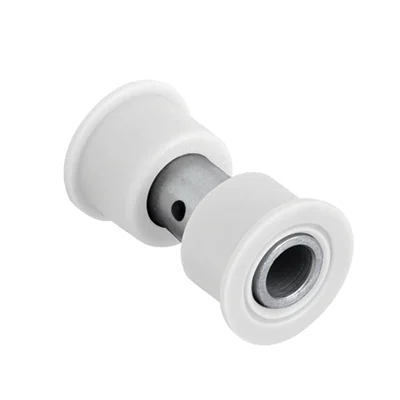
Delrin Bearings: Lubrication-Free Long Life

Locomotive Bearing Specs That Matter Most
